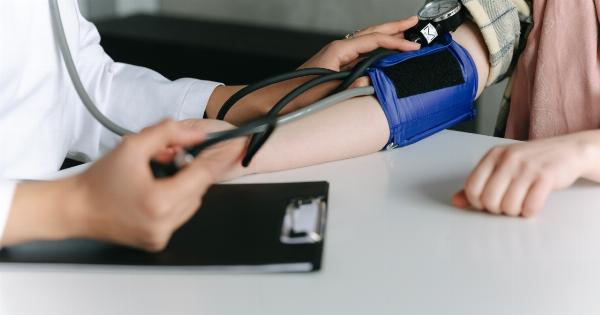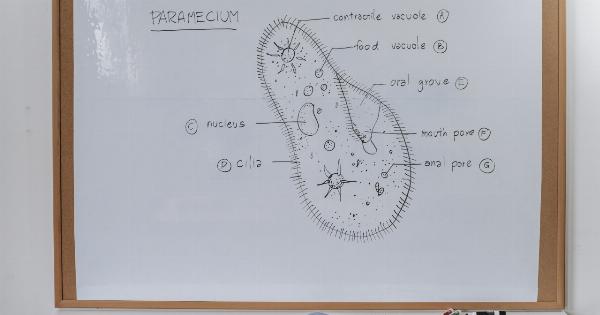Heart attack and stroke are serious medical conditions that can have a significant impact on a person’s health and quality of life.
According to experts, there are three specific symptoms that could indicate an 18% higher risk of experiencing these cardiovascular events. Recognizing these symptoms and seeking prompt medical attention is crucial in order to minimize the potential damage to the heart and brain.
1. Chest pain or discomfort
Chest pain or discomfort is one of the most common symptoms associated with heart attacks and strokes. This pain is often described as a tightness, pressure, or squeezing sensation in the chest area.
It can sometimes radiate to the shoulder, arm, jaw, or back. Individuals who experience chest pain or discomfort should not ignore it, as it could indicate an underlying issue with the heart or blood vessels.
2. Shortness of breath or difficulty breathing
Difficulty breathing or shortness of breath is another symptom that can be a warning sign of a heart attack or stroke. It occurs when the heart is unable to pump enough blood to meet the body’s oxygen demands.
This can lead to a feeling of breathlessness or a sensation of being unable to catch one’s breath. Individuals experiencing persistent or unexplained shortness of breath should seek medical attention immediately.
3. Sudden weakness or numbness in the face, arm, or leg
Sudden weakness or numbness in the face, arm, or leg is a symptom that is particularly associated with stroke. It occurs when there is a disruption of blood flow to the brain, leading to a temporary loss of function in the affected area.
This symptom can often be unilateral, affecting only one side of the body. Prompt medical intervention is crucial in order to minimize potential brain damage.
Seeking medical attention
Anyone experiencing these symptoms should seek immediate medical attention, as they could be indicative of a heart attack or stroke. Delaying treatment can increase the risk of complications and long-term damage.
Time is of the essence when it comes to these medical emergencies, and every minute counts.
Prevention and risk reduction
While these symptoms can be warning signs of a heart attack or stroke, it is important to note that not everyone who experiences them will necessarily go on to have a cardiovascular event.
Nevertheless, individuals should take steps towards prevention and risk reduction. This includes adopting a heart-healthy lifestyle, such as maintaining a balanced diet, engaging in regular physical activity, managing stress levels, and not smoking.
Conclusion
Recognizing the early warning signs of a heart attack or stroke is crucial in order to seek prompt medical attention and potentially prevent serious complications.
Chest pain or discomfort, shortness of breath, and sudden weakness or numbness in the face, arm, or leg are three symptoms that experts warn may indicate an 18% higher risk of experiencing these cardiovascular events. It is important to remember that every individual is different, and not everyone will experience these symptoms in the same way. However, it is always better to err on the side of caution and seek medical advice if in doubt.




























